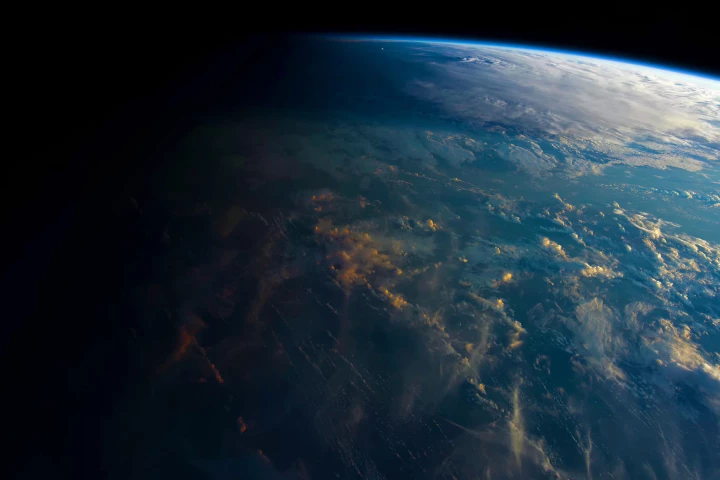Earth
-
A subtle yet significant phenomenon is occurring beneath the North American continent; its ancient bedrock is slowly dripping into the Earth’s mantle, creating a funnel-like structure concentrated over the Midwest of the United States.
-
Dr. Frankenstein might not have needed a lightning bolt to bring his monster to life after all. A new study from Stanford suggests that life might have been kickstarted by constant zaps from “microlightning” between water droplets.
-
Scientists have discovered the world’s oldest known meteorite impact crater in Western Australia. It has been dated to about 3.5 billion years ago, at a time when these almost literally Earth-shattering events should have been occurring regularly.
-
A preserved tree fossil gives an unprecedented view into a moment 42,000 years ago when the Earth’s magnetic field went haywire, triggering environmental chaos, influencing everything from an increase in cave paintings to the Neanderthal extinction.
-
GenCast, an AI-powered weather prediction tool, can crank out 15 days of highly accurate weather forecasts in minutes. Not only will it help you dress right in the morning, but it can give valuable, life-saving warnings for extreme weather events.
-
To find black holes we usually have to look thousands of light-years away. But a new study suggests we could find evidence of them right here on Earth, as tiny tunnels they’ve carved out in rocks or old buildings.
-
One picture taken every day of the year starting September 2023 through to September 2024 provides a pretty fascinating perspective of the twilight zone transit due to the Earth's 23.5-degree axial tilt as it orbits around the Sun.
-
Asteroids can devastate the planet in an instant – just ask the dinosaurs. Scientists at Sandia National Laboratories have now demonstrated a proof of concept method to deflect a potential Earthbound asteroid using a blast of X-rays.
-
Saturn’s rings are iconic, but new evidence presented by researchers from Monash University suggests Earth might once have sported one of its own. This ring would likely have caused climate chaos on the surface.
-
Solar eclipses don’t just look cool – they can send gravity waves rippling through Earth’s atmosphere like dropping a stone in a pond. An international team of students has measured these gravity waves for the first time.
-
Stumbling on a giant gold nugget and never working again is something we’ve all daydreamed about, but how exactly do they form? A new experiment has found that earthquakes and electricity might be key ingredients.
-
NASA scientists have discovered a third global energy field around Earth. Known as the ambipolar electric field, this force drives charged particles into space above the poles and joins the known gravity and electromagnetic fields.
Load More











